When will Starman return to Earth?
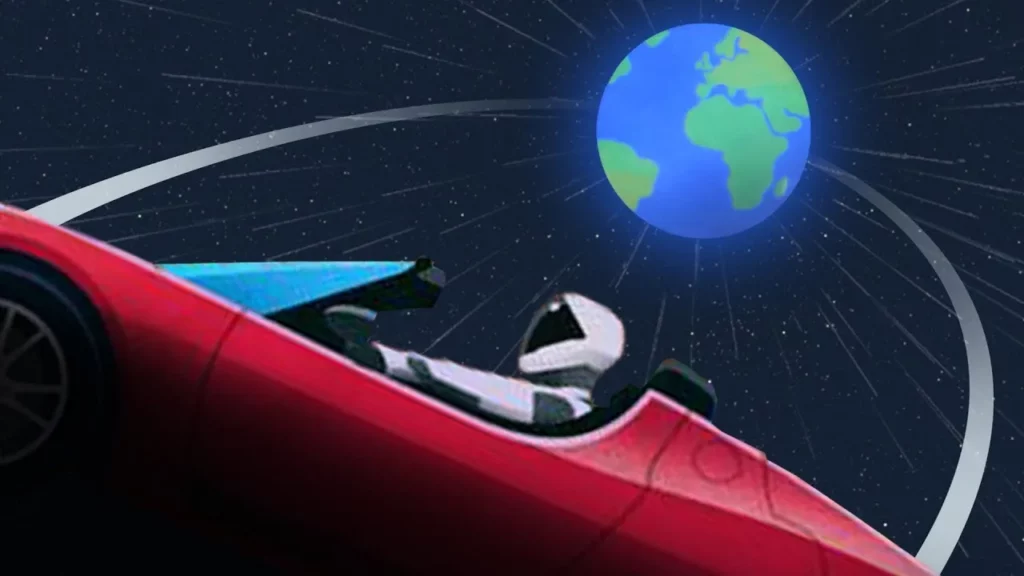
The lesson explores the journey of Starman, a mannequin launched into space aboard a Tesla Roadster by SpaceX in 2018, and discusses the predictions regarding his potential return to Earth. Scientists have tracked Starman’s trajectory, estimating close encounters with Earth in 2047 and Mars in 2035, while also considering the challenges of retrieving him from space. Ultimately, the lesson reflects on whether Starman should return or continue his journey as a symbol of human exploration.
What will happen to the International Space Station?
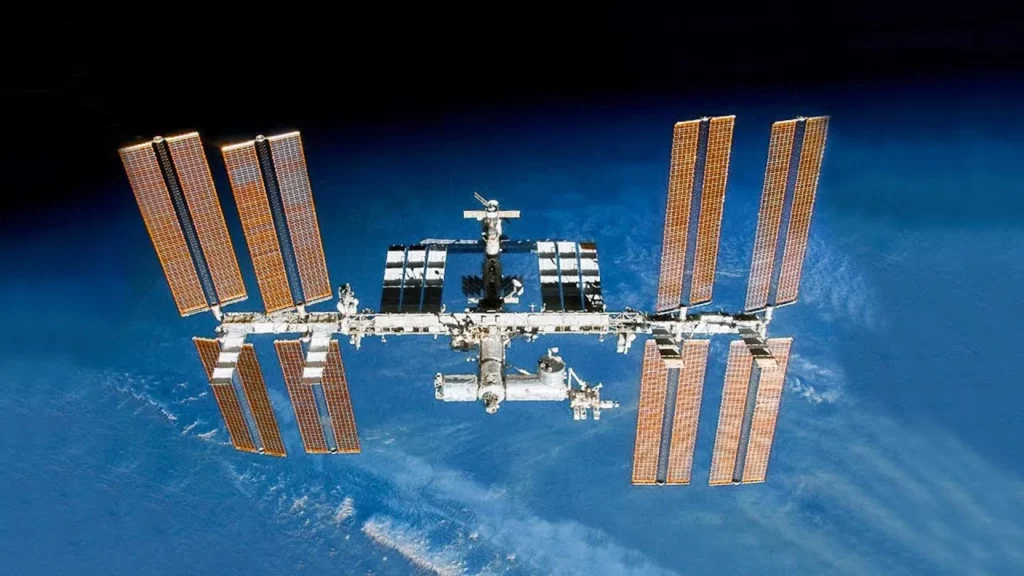
The lesson discusses the future of the International Space Station (ISS), which has served as a vital hub for scientific research and astronaut habitation for over two decades. As the ISS approaches its retirement by 2028 due to aging materials and high operational costs, plans are in place for its deorbiting into the remote Pacific Ocean, while new space stations are being developed by Russia, China, and private companies like SpaceX. NASA is also focusing on lunar exploration, with a new lunar space station set to launch in 2024, marking a transition to exciting future missions in space exploration.
How did they broadcast live TV from the Moon?
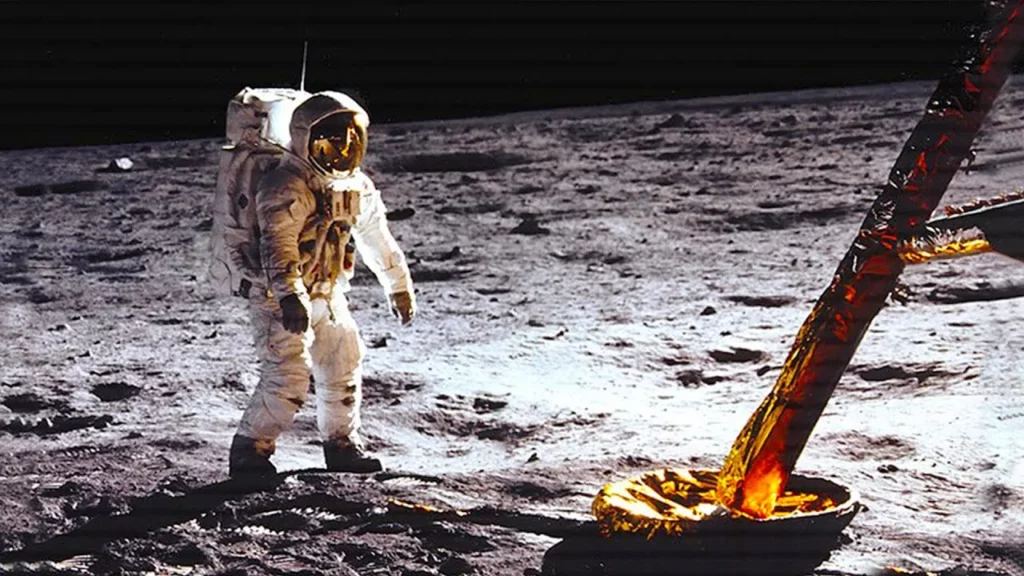
The lesson discusses the historic live broadcast of Neil Armstrong’s first steps on the Moon during the Apollo 11 mission on July 20, 1969, which captivated an audience of 600 million viewers worldwide. It highlights the technological challenges NASA faced, including the development of a specialized slow-scan black-and-white camera and a new communication system, the Unified S-band, to transmit video from the Moon under harsh conditions. Despite initial technical difficulties, the successful broadcast marked a significant achievement in space exploration and set the stage for future advancements in lunar imaging technology.
How Many Times Can SpaceX Reuse The Falcon 9?
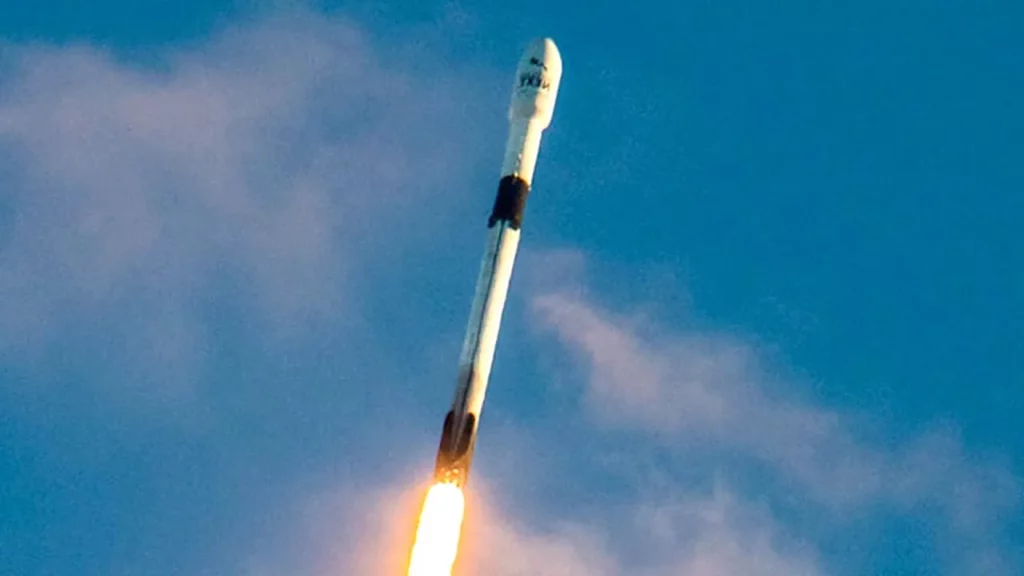
The lesson discusses SpaceX’s advancements in reusing the Falcon 9 rocket, highlighting the successful landing of boosters and the introduction of the Block 5 version, which enhances reusability and reduces refurbishment time. While the Falcon 9 could theoretically fly up to 100 times, it is expected to perform around 30 flights over the next decade, as SpaceX shifts focus to the fully reusable Starship, designed for even greater efficiency and cost-effectiveness in space travel. The lesson also emphasizes the importance of continuous learning and skill development in the evolving aerospace industry.
Why Humans Suck At Flying Rockets
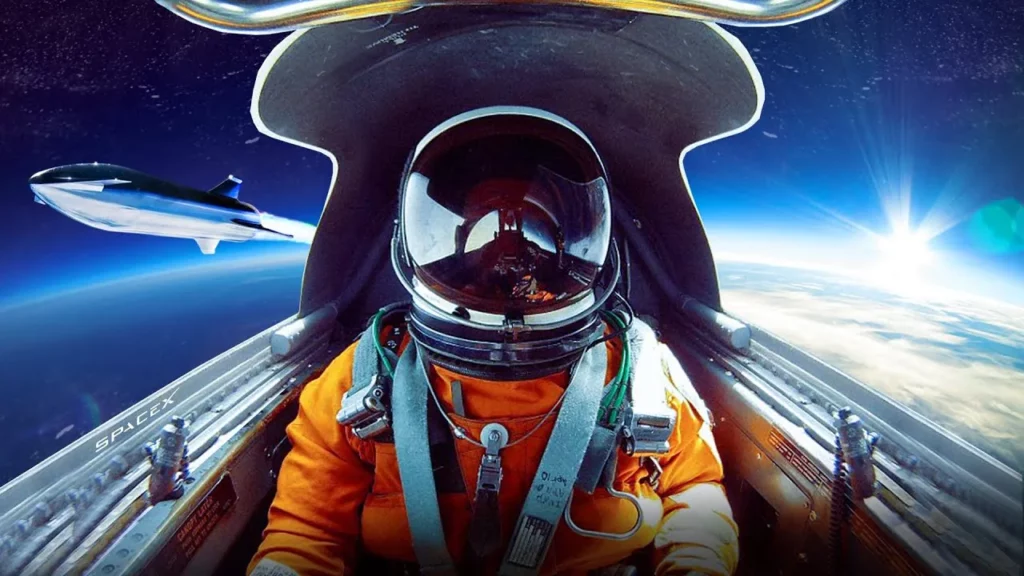
The lesson explores the historical and technological evolution of human involvement in aviation and spaceflight, highlighting key milestones such as Alcock and Brown’s pioneering transatlantic flight and NASA’s X-15 program. It discusses the shift towards automation in rocket launches and the challenges of fully autonomous aircraft, emphasizing that while modern technology allows for significant automation, human oversight remains crucial due to the complexities of unexpected situations and regulatory concerns. The lesson concludes with a look at future Mars missions, where collaboration between humans and machines will be essential for successful landings.
Why Blue Paint Caused Problems For Concorde
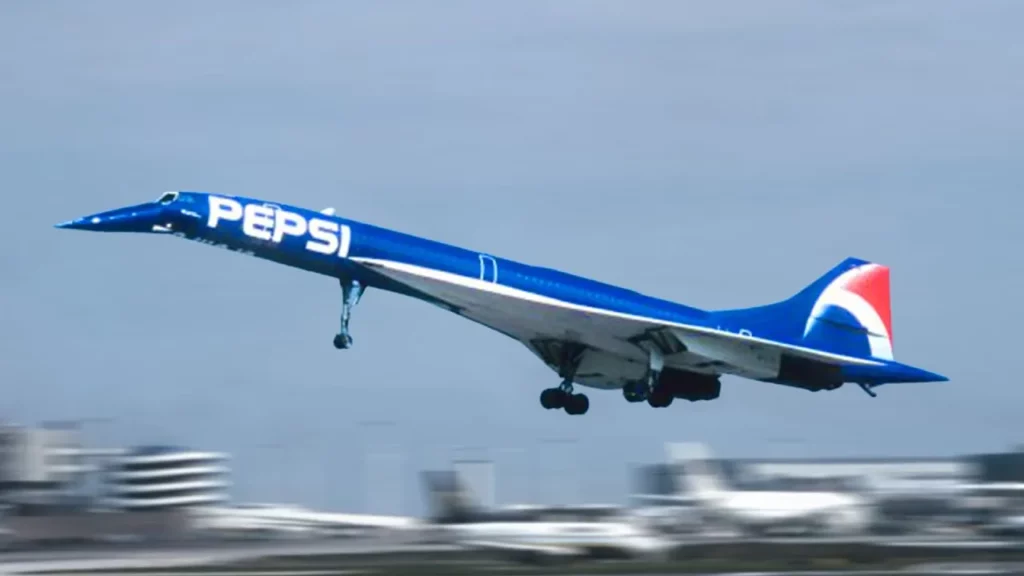
The lesson discusses the challenges faced by the Concorde after it was repainted in electric blue as part of Pepsi’s ‘Project Blue’ marketing campaign in the 1990s. The new paint absorbed more heat, which limited the aircraft’s ability to fly at its usual supersonic speeds, forcing pilots to reduce cruising speed significantly. Despite the extravagant promotional efforts, including a high-profile unveiling and a costly advertising budget, Pepsi ultimately struggled to compete with Coca-Cola in the market.
Why SpaceX Blew Up This Falcon 9
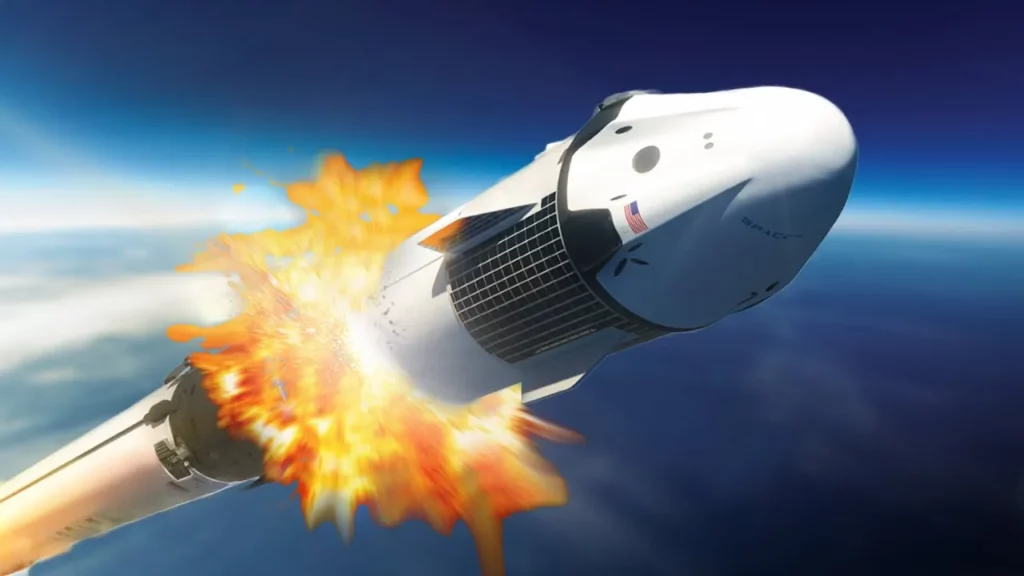
The lesson discusses SpaceX’s upcoming in-flight abort test for the Dragon 2 capsule, which is crucial for ensuring astronaut safety during missions to the International Space Station. It highlights the importance of launch escape systems, using historical examples like the Soyuz rocket and the Space Shuttle’s abort modes, to illustrate how these systems protect crew members in emergencies. The dramatic nature of the upcoming test, where the Falcon 9 rocket will simulate a failure and break apart, is emphasized as a key demonstration of the Dragon 2’s safety features.
The Power Of Space Debris
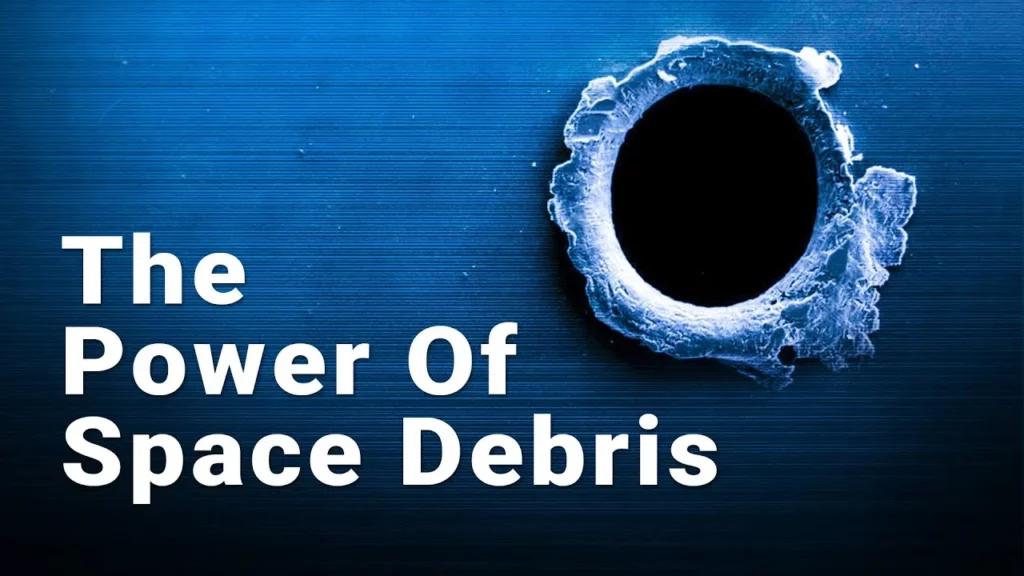
The lesson explores the growing issue of space debris, highlighting the risks posed by over 100,000 tonnes of untracked fragments orbiting Earth, which can cause significant damage to spacecraft, including the International Space Station (ISS). It discusses the mechanics of space impacts, the innovative use of whipple shields for protection, and ongoing research into advanced materials that can enhance shielding capabilities. The lesson emphasizes the importance of continuous improvement in debris protection as space exploration expands beyond our current capabilities.
Hubble’s 13 Billion Year Old Photo
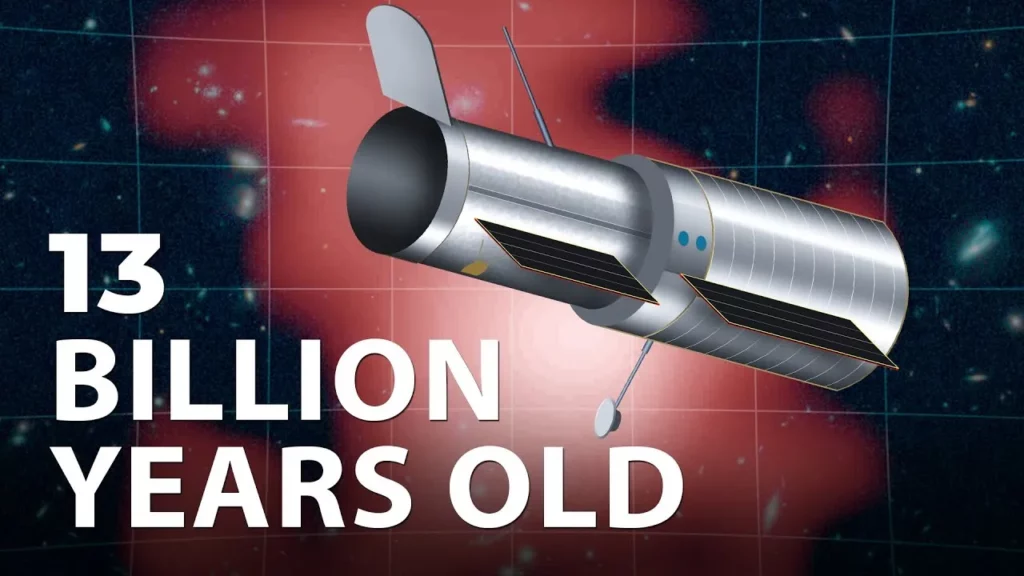
The lesson discusses the Hubble Space Telescope’s journey since its launch in 1990, highlighting its groundbreaking contributions to astronomy despite initial challenges with its mirror. Over nearly 30 years, Hubble has captured stunning images of the universe, including the discovery of the most distant galaxy, GN-Z11, which provides insights into the early universe. However, as Hubble approaches the end of its operational life due to aging and technical limitations, the future of space exploration will rely on next-generation telescopes that promise even more remarkable discoveries.
The Power of Jupiter’s Red Spot
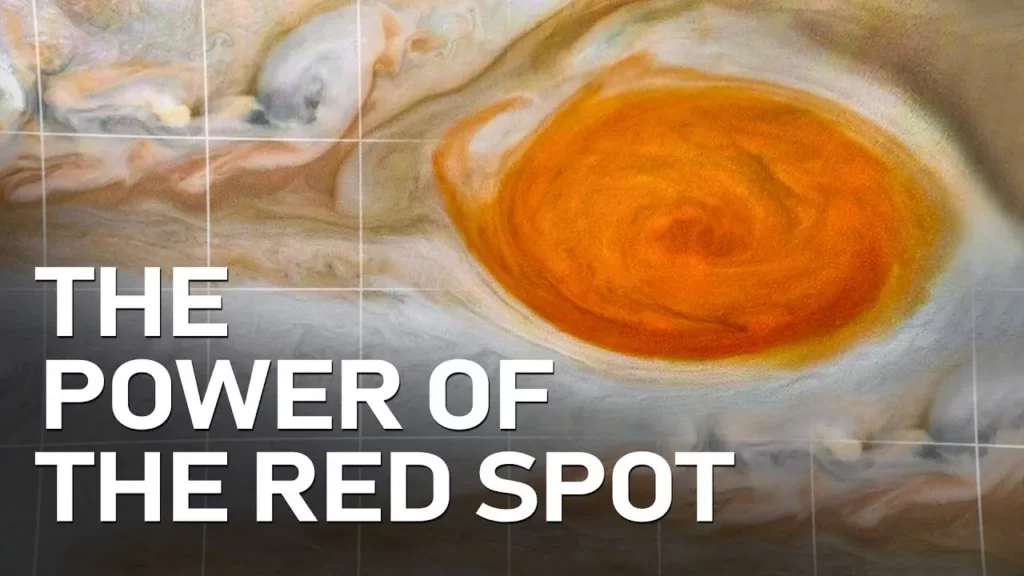
The lesson explores the fascinating nature of giant storms on gas giants, focusing on Jupiter’s Great Red Spot and Neptune’s dark spot. It highlights the differences in storm formation and longevity between Earth and these distant planets, emphasizing that while Jupiter’s storm is fueled by heat from its core and has persisted for centuries, Neptune’s storms are more transient and influenced by atmospheric conditions. The lesson also discusses the ongoing changes in the Great Red Spot, including its shrinking size and darkening color, and underscores the mysteries that remain in understanding these colossal weather phenomena.